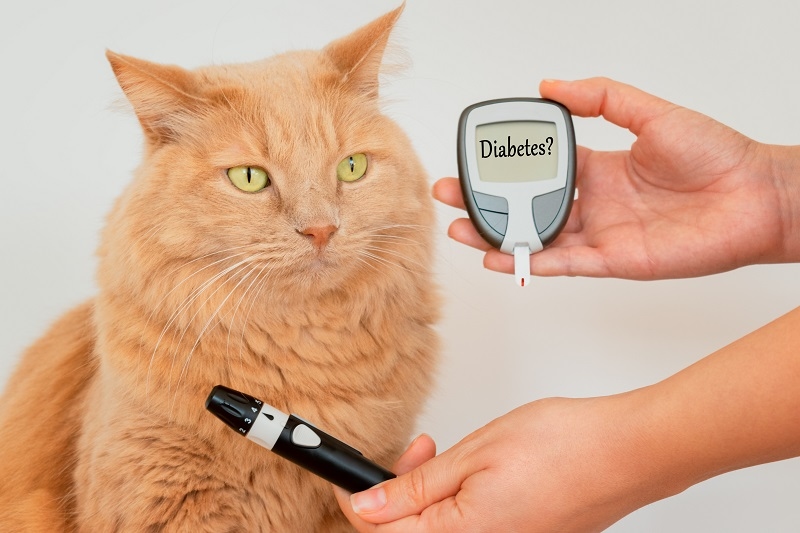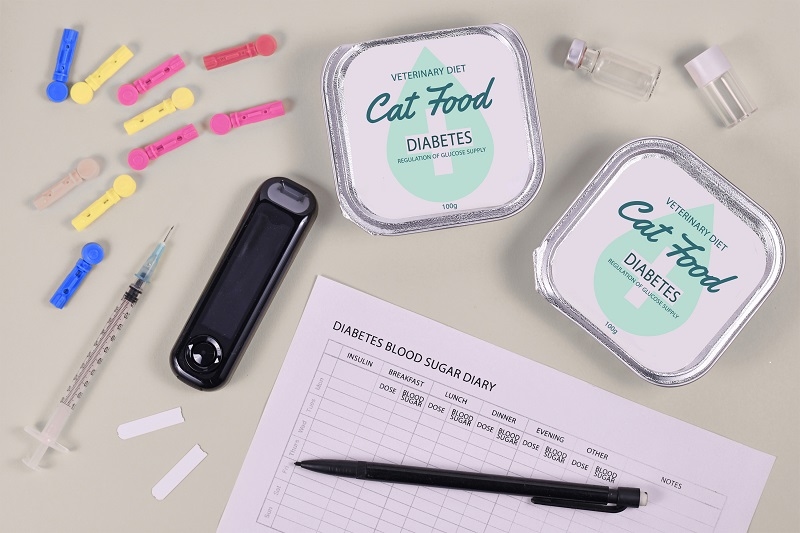
Diabetes isn’t just a human concern—it affects our feline companions too. Just like humans, cats can develop diabetes, and managing it effectively is critical to ensuring a long, healthy, and happy life for your furry friend. If your cat has been diagnosed with diabetes or you’re concerned about feline diabetes symptoms, understanding proper management, diet, and cat insulin treatment routines is essential. This guide offers good feline diabetes management advice to the average American pet owner so that your cat gets the care that they deserve without much trouble.
Diabetes mellitus in cats is a condition in which the cat's body fails to produce or utilize insulin effectively, resulting in higher blood sugar. Insulin plays a very critical role when it comes to blood glucose, and without it, the cats become severely ill. Though the pathogenesis of feline diabetes is not always recognizable, obesity, heredity, age, and certain health diseases cause this condition.
Diabetes symptoms in cats are mild or severe and hence early detection and control are crucial. The most common symptoms are polyuria, polydipsia, weight loss in spite of increased hunger, lethargy, and urinary tract infection. If you notice the symptoms at the beginning, your veterinarian might give you early treatment to avoid complications.
Most diabetic cats are given insulin injections. Insulin therapy replaces the insulin that cannot be produced or used by the body, keeping the blood glucose at a normal level. Your veterinarian will prescribe short-acting or long-acting insulin, which will usually need to be administered twice a day, depending on your cat.
Administering insulin in the home setting is intimidating at first, but most owners, with your veterinarian's assistance, become comfortable doing so. Some of the keys to successful feline insulin therapy are:
Your cat will require regular follow-up with your vet so that your vet can monitor your cat's response to insulin and adjust treatment as indicated.
Diet also plays an important role in controlling diabetes in cats. Restricted feeding with an ideal diet normalizes the cat's blood glucose and preserves the healthy cat. Preparative diet advice for diabetic cats is usually high-protein, low-carbohydrate diets that mimic the natural cat diet.
Practical nutritional facts in diabetic cats are:
Your veterinarian can also recommend a diabetic diet for cats. A following of these recommendations is required in the management of long-term feline diabetes health and in the prevention of such complications as neuropathy or liver disease.
Regular observation of your cat is included in feline diabetes management. The early detection of the signs of feline diabetes avoids serious health issues. Some of the common indicators are:
Home monitoring, for example, urine glucose or even blood glucose if trained pet, can give your vet valuable information. Becoming an active participant in detecting signs will have your cat in a stable and responsive position for treatment.

A diabetic cat can be maintained on a shoestring budget without quality being compromised. Some affordable diabetes care cats tips are:
You may put price ahead of priorities without sacrificing quality of care, providing your cat with long-term care at a fair price.
As in humans, daily activity regulates feline blood glucose. Provide playtime, interactive toys, and climbing.
Diabetes mellitus is a chronic disease in cats. Your commitment to diet, insulin control, monitoring, and lifestyle modification right now is all your cat's quality of life. The most important elements of managing long term feline diabetes health are:
Preventive, educated care enables your diabetic cat to live safely and comfortably.
The routine checks have a routine schedule that keeps your cat in condition and does not permit any untoward complications to arise.
Treatment of cat diabetes is an ongoing process that requires persistence, patience, and dedication, but the reward is a longer, happier, healthier life for your cat. Good cat insulin therapy, a diabetic food book for cats specially designed for them, checking feline diabetes signs and symptoms, and learning low-cost diabetes care in cats techniques can effectively manage diabetes in pets by their owners. Keep in mind that all cats are different, and an individual plan of care is best. Keeping these guidelines in mind, you are assured to control your cat's diabetes and build a healthy and happy home for years to come.
This content was created by AI